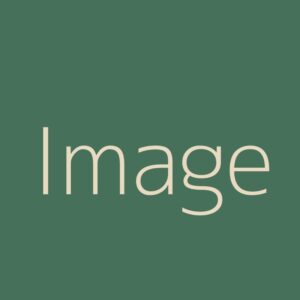Hormigo
Hormigo / Platymiscium dimorphandrum

Local Names
Distribution & Tree
Hormigo and its sister species of the Platymiscium genus are found throughout tropical America from southern Mexico to the Brazilian Amazon and Trinidad. It predominates in high jungle and medium semideciduous forests with well-drained soils. The tree can reach 25 meters in height and over 100 centimeters in diameter. The closely-related granadillo (Platymiscium yucatanum) is more commonly found in the drier zone comprising the Peten department, southern Mexico and Belize, whereas hormigo is more prevalent in Izabal. The name orange agate is sometimes applied in English-speaking markets. Hormigo is not to be confused with granadillo rojo, which is a true rosewood (Dalbergia tucurensis) and strictly regulated under CITES rules.
Wood Appearance
Processing Properties
Strength & Durability
Wood Uses
Ecological & Social Importance
In Guatemala, hormigo is sometimes called palo de marimba due to its wood being prized for the construction of marimbas, the country’s national instrument and a symbol of pride and resistance. Eric Meier, author of the Wood Database, ranks hormigo as his favorite lesser-known species among thousands: “This wood is uber-colorful, with many pieces having rich reds and oranges mixed in with darker brown and black veins of exquisiteness. Some woods are loved for their color, others are loved for their streaks and stripes. Macacauba has both.”
| Reference Species | ||||
| Technical Characteristics | Hormigo | Gonçalo Alves | Ipê | |
| Density | kg/m3 | 760 | 961 | 1,100 |
| Janka Hardness | kgf | 1,225 | 1,026 | 1,592 |
| Bending Stiffness (Modulus of Elasticity) | GPa | 19.6 | 16.6 | 22.1 |
| Bending Strength (Modulus of Rupture) | MPa | 147.2 | 117.0 | 177.0 |
| Crushing Strength | MPa | 80.7 | 74.2 | 93.8 |
| Shrinkage, Radial | % | 2.8% | 4.2% | 5.9% |
| Shrinkage, Tangential | % | 4.2% | 7.8% | 7.2% |
| Shrinkage, Volumetric | % | 7.2% | 11.2% | 12.4% |
| T/R Ratio | 2.5 | 1.9 | 1.2 | |
| Values determined at 12% humidity - Provided for reference only | ||||
|---|---|---|---|---|
DENSITY
JANKA HARDNESS
BENDING STIFFNESS
BENDING STRENGTH
CRUSHING STRENGTH
SHRINKAGE
Values are for reference only and cannot be guaranteed. Wood is a natural material and physical and mechanical properties may vary depending on age, genetics, and other factors. We encourage customers to consult the references provided in the bibliography. For further explanations of wood’s key technical characteristics, an excellent resource is the Wood Database with articles on Density (average dried weight); Janka hardness; Elastic Modulus; Rupture Modulus; Crushing Strength; Radial, Tangential and Volumetric Shrinkage.






